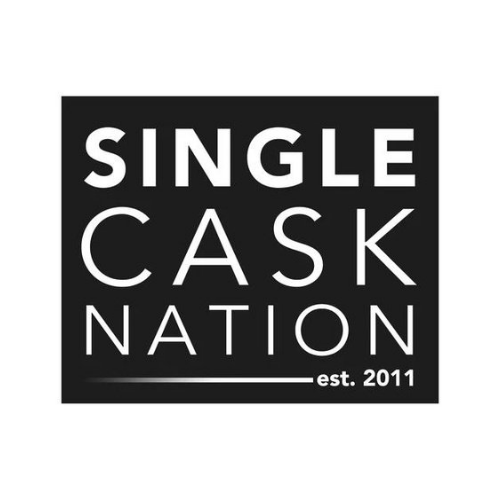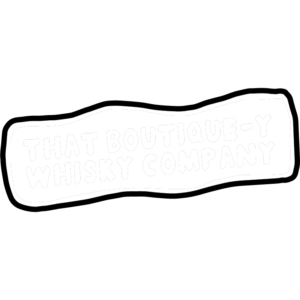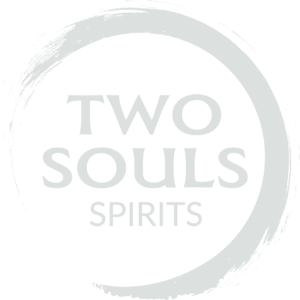independent bottlers
Anyone can source and white label a product. Independent Bottlers highlight the distillery, the product, and even the makers of the whiskey that goes into our bottlings.
We use our influence, our palate, and our reach to shine the spotlight on truly remarkable whiskey being made across the US.
